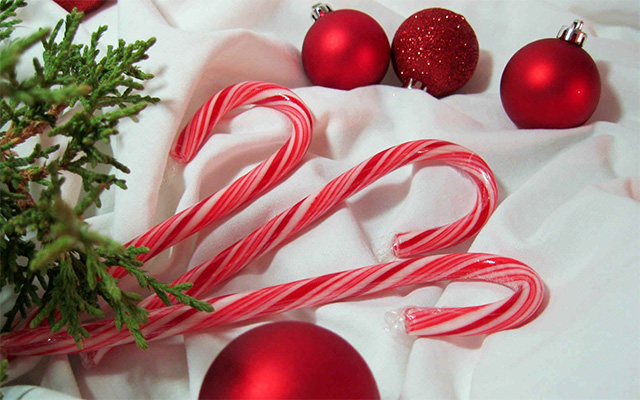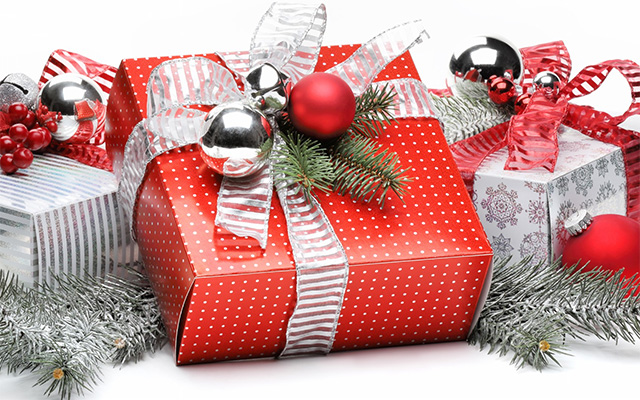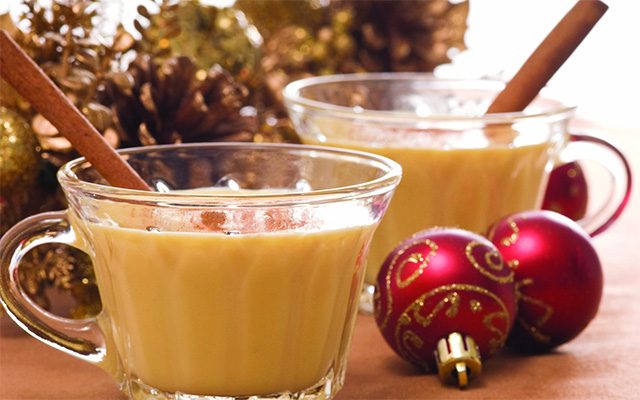lake forest shores
Condo Living in the City of Lake Forest
5 Traditions of Christmas
December 25, 2017
Merry Christmas & best wishes to all of my Lake Forest Shores neighbors! In celebration of this joyous holiday, I've decided to list 5 timeless Christmas traditions and the history behind each one of them. As you know, Christmas is packed with history and traditions. Each year millions of people worldwide celebrate Christmas; even those who don't embrace the religious aspect of it, still celebrate the holiday by decorating and exchanging gifts.
Below are 5 Christmas traditions:

1. Kissing Under the Mistletoe
The tradition of hanging the mistletoe in the house goes back to the times of the ancient Druids. It is supposed to possess mystical powers which brings good luck and wards off evil spirits. Also, it was used as a sign of love and friendship in Norse mythology, but it is unclear as to the link between Christmas and mistletoes. Kissing under the mistletoe has been an ongoing Christmas tradition dating back to 18th century Britain when young men would kiss women standing under the mistletoe. It is important to remember that during this period a kiss was seen as a promise of marriage.

2. History of Christmas Trees
The concept of the Christmas tree was first introduced by Germany in the 15th century, but the concept didn't become popular until the 1700's. The tradition of decorating a Christmas tree arose from the Roman and Christian cultures. Christmas trees were decorated with foods; apples, dates and nuts, but it wasn't until the 1800's that Christmas trees were being decorated with candles. Eventually, the first electric lights were used in 1895 which helped reduce the chances of a fire. Shortly after was the introduction of the cast glass ornaments that became widely popular and spread quickly from Europe to America, and into the hands of retailers.

3. Candy Canes at Christmas
Candy canes originated in Germany about 250 years ago. They started as straight white sugar sticks, but it wasn't until the 20th century the familiar red stripe appeared. Morever, candy canes were not only used as sweet treats, but as Christmas tree decorations. Additionally, religious meaning was used to explain its look, such as the shape representing the letter "J" in Jesus' name and the red coloring representing God's love. Whatever the symbolism, it can be agreed that a candy cane is a symbol of Christmas.

4. Presents on Christmas Day
The tradition of gift giving dates back to the beginning of mankind. As human beings, we are social creatures who enjoy the company of others and express our feelings through the act of giving. In the Christian religion, the practice of giving gifts at Christmas is traced back to the 3 wise men who traveled great distances to bring Jesus gifts. Of course, it wasn’t until the modern era that the tradition of giving / exchanging gifts with loved ones at Christmas became really popular. As you know, it is a way to celebrate the holiday and for others, it is a time to let family and friends know that you care.

5. Eggnog at Christmas Time
Eggnog during the holiday season has been a tradition dating back to 13th century England. The milky, frothy drink often flavored with nutmeg and spiked with (historically) alcohol made its way to the American colonies during the 18th century where it became quite popular. At the time, America was an agricultural country with lots of farms. It may have become a holiday drink around Christmas time when the harvest was done and there wasn't much to do but celebrate. Overall, eggnog is considered a winter beverage, but it is not associated with any holiday.